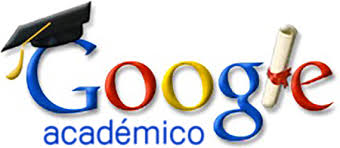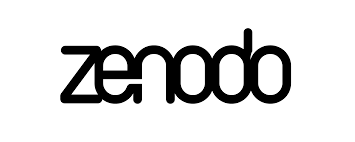Clues to understand Ethnicmathematics as a needed tool for mathematics teaching
Keywords:
Ethnicmathematics, artifacts, mathematical knowings, mathematics teachingAbstract
Cuando Cubango has got a large cultural diversity that needs to be studied on ethnicmathematics, be it for the future memory, be it for the school mathematics in the classroom. The current research article seeks to explain the clues that might aid understand the importance of ethenicmathematics for mathematics teaching, as it may help identifying the artifacts making part of mathematical knowings and link them to mathematics school contents. The research shows, although beyond mathematical potential in the artifacts that we have had the opportunity to collect or analyze, we can do more with ethnicmathematics or better to discover a lot of mathematics incorporated in another artifacts. For this research taking into account the descriptive and exploratory study, we decided to make a qualitative explanation, backed by the unstructured interview, subject observation, pictures records and field remarks. The research was conducted in the Menongue municipality, Cuando Cubango (Angola), where we had the opportunity of collecting two artifacts (man-made funnel and wood pot, after we have described the steps (or the technics) which the artisans had used to make up these artifacts and at the end analyze the possibility of existing mathematics notions behind these artifacts or better mathematical ideas in the garnishing and/ in ornamentation of the same. We can emphasize that these artifacts might be used as the starting point to make mathematics teaching less abstract or, moreover, to promote the closeness between acquired mathematics in the community and the mathematics learnt at school.
References
Alves, M. (2007). Como escrever teses e monografias: Um roteiro passo a passo. Rio de Janeiro, Brasil: Elsevier.
D Ambrosio, U. (2005). Sociedade, Cultura, Matemática e seu Ensino. Revista da Faculdade de Educação e Pesquisa da Universidade de São Paulo, 31(1), 99-120.
D Ambrosio, U. (2009). Etnomatemática: Elo entre as tradições e a modernidade (3 ed.). Belo Horizonte: Autêntica.
Gerdes, P. (1992). Pitágoras Africano: Um estudo em cultura e educação matemática. Maputo, Moçambique: Inatituto Superior Pedagógico.
Gerdes, P. (2003). Sipatsi - Cestaria e Geometria na Cultura Tonga de Inhambane (1ª ed.). Maputo: Moçambique Editora.
Gerdes, P. (2007). Etnomatemática: Reflexões sobre Matemática e Diversidade Cultural (1ª ed.). Famalicão, Portugal: Edições Húmus.
Gerdes, P. (2013). Viver a Matemática: Desenhos de Angola. Lisboa, Portugal: Húmus.
Graça, S. I. (2015). Etnomatemática como prática de Ensino: Perspetivas de alunos do 2º Ciclo do Ensino Básico da Cidade de Olhão (Dissertação de Mestrado publicada). Universidade do Algarve, Algarve, Portugal.
Martins, R., & Caetano, T. D. (2018). Isto é Matemática (Vol. 1). Portugal: Grupo Leya.
Moreira, D. (2004). A Etnomatemática e a Formação de Professores. Repositório Institucional da Universidade Aberta, Portugal.
Ponte, J. P. (2006). Estudos de caso em educação matemática. Bolema, 25, 105-132.
Rosa, M., & Clark, D. (2011). Influências Etnomatemáticas em sala de aula com Diversidade Cultural. Recife, Brasil.
Rosa, M., & Orey, D. C. (2013). Uma base teórica para fundamentar a existência de influências Etnomatemáticas em salas de aula. Currículo Sem Fronteiras, 13(3), 538-560.
Selezi, S. P. (2021). Identificação e Valorização dos saberes matemáticos presentes em artefactos culturais da etnia Nganguela: Uma contribuição para o Ensino da Matemática. (Tese de Doutoramento). Universidade de Coimbra.
Selezi, S. P., & Carvalho e Silva, J. (2018). Um exemplo da riqueza Etnomatemática de Angola: As armadilhas de caçadores do Sul de Angola. Revista Educação Matemática em Foco, 100-126.
Stewart, I. (2006). Cartas a uma Jovem matemática. Relógio D´Água Editores
Downloads
Published
How to Cite
Issue
Section
License
Copyright (c) 2023 Simão Pedro Mateus Selezi

This work is licensed under a Creative Commons Attribution-NonCommercial-ShareAlike 4.0 International License.















